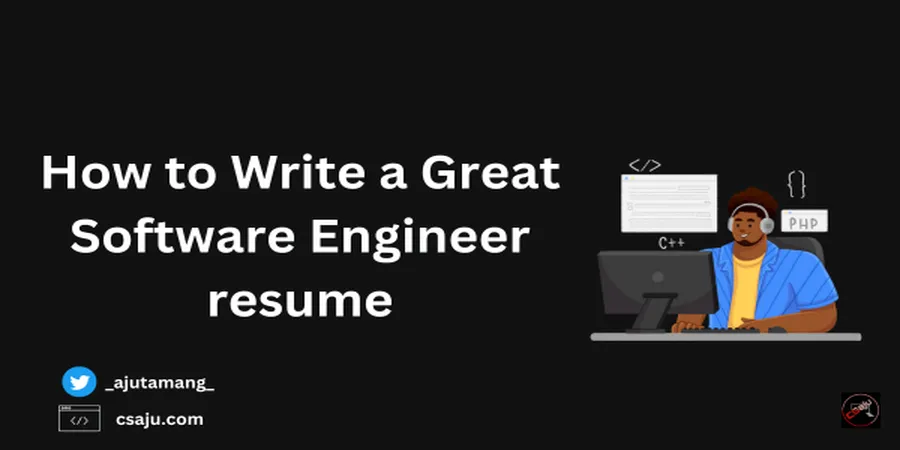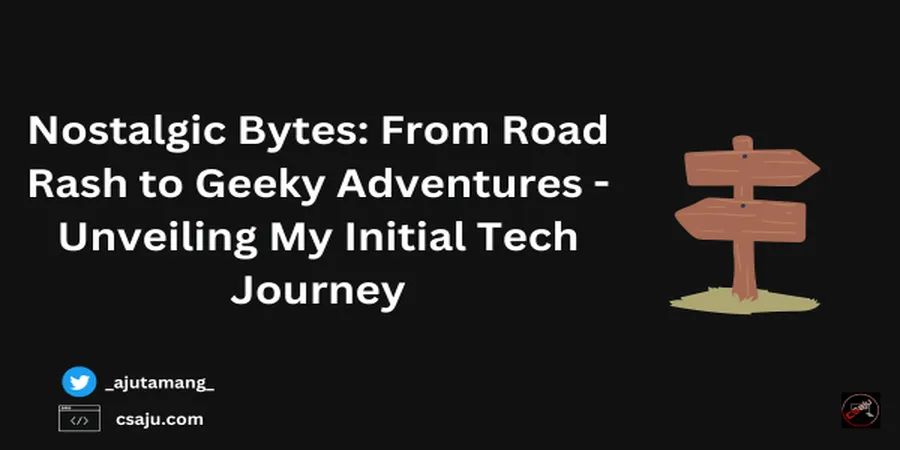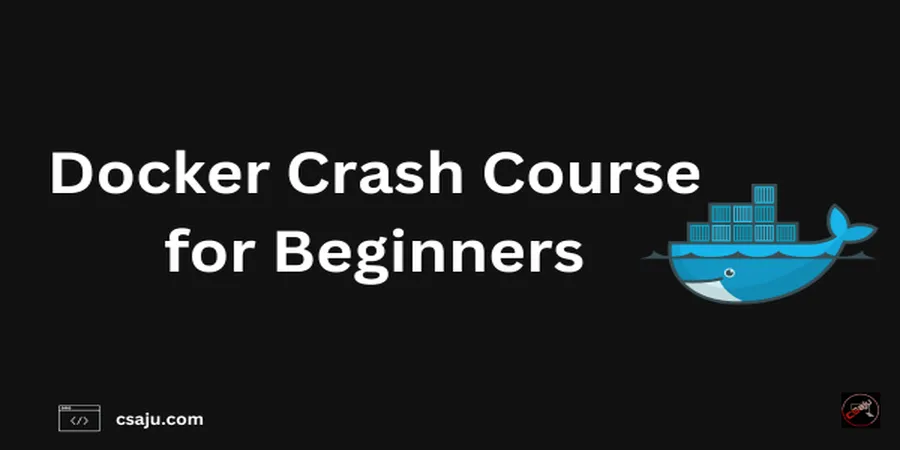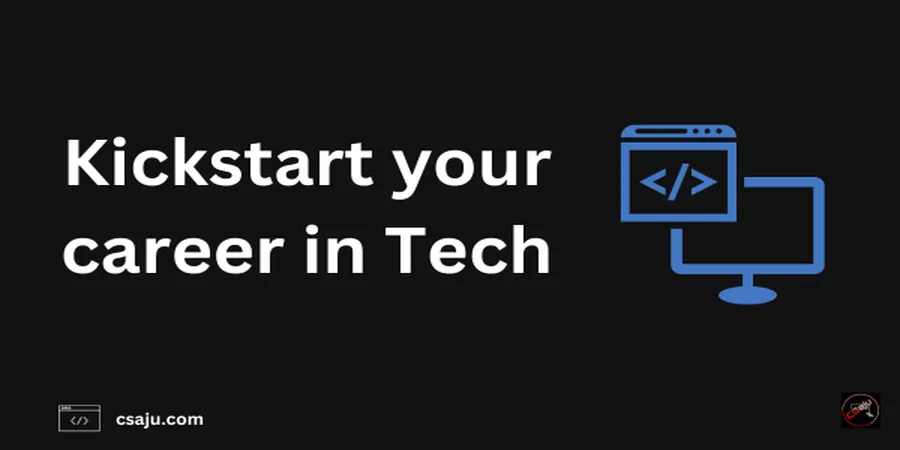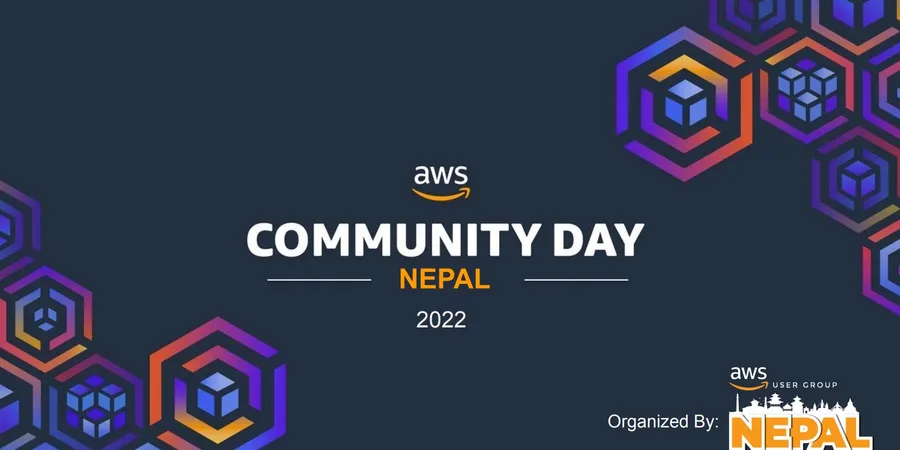# Introduction
Crafting an outstanding software engineer resume is a crucial tool for job seekers in the competitive field of tech. It serves your initial impression and determines whether you get shortlisted for an interview. Else you won’t be able to get the job no matter how good you are at interviewing in the initial stage.
Remember, the First impression is the last.
I have seen many pretty much-talented people with good portfolios unable to get even an initial phone screen round with the unstructured format of their resume. Maybe you don’t understand the requirements of the role you’re applying for or weren’t able to tailor your resume to the role you applied for. During my initial career I had also made insane mistakes, experiencing rejections and receiving no response from the company side. With hit and trial with some measures from my mistakes, I was able to land Software Engineer Trainee during my first semester with lots of attempts. Having said that, I will be sharing the tips and tricks to help you create an outstanding software engineer resume that catches the attention of recruiters and hiring managers to land your fulfilling job.
# Keep it simple and well organized
Let’s say you are at the end of any semester or recent boot camp graduate or, looking for opportunities either full-time or internship. You crafted your resume with everything with the expectation of a phone call. But sadly, you ended up having silence updates from them for weeks and months. You ended up becoming frustrated and I understand the pain of silence of not getting any opportunities to reach out. I have been there and know how it feels.
There will be a lot of reasons for not getting any response from the company side. One of the reasons is your resume is not well organized and simple. Recruiters and hiring managers have to go through hundreds of resumes and they don’t have time to go through every resume. As stats say, they will be spending only a maximum of 6 seconds to scan your resume. If they don’t find anything interesting, they will move on to the next resume. So, it is crucial to keep your resume simple and well-organized.
Simplicity? In the case of a resume, simplicity means keeping your resume to a single page unless you have decades of experience. Keep it to a single page and don’t make it too long. Here, you need to catch the eye attention of the recruiter and hiring managers.
# Application Tracking System(ATS) Friendliness
In the present context of automation of the majority workforce, the majority of companies(fortunes) are using Application Tracking Systems (ATS) to filter out the resume. ATS is a software application that enables the electronic handling of recruitment and hiring needs. It is used by the majority of employers in the US to screen candidates’ resumes to identify potential candidates.
If your resume is not ATS-friendly, it will be filtered out and you won’t be able to get any response from the company side. This is based on the Fortune companies as they have a lot of resumes to go through. If you are applying for the startup, they might not be using ATS. But, it is always good to have ATS friendly resume.
Some ATS will determine the strength of your skills based on the frequency of a keyword in your resume, and others assign an estimated amount of experience for a skill based on its placement in your resume.
Also, I highly recommend using standard fonts of readable sizes and avoiding Photoshop, and graphic design tools. ATS reads your resume from top to bottom and left to right. When you add another column (or other incompatible elements for that matter, such as graphics or logos), you introduce another layer of complexity and make it harder for the system to properly read your resume. As a result, sections may get misread or not read at all.
If you want more ideas or templates, I have an open-source resume generator tool that is ATS-friendly. I have written it using Latex and generated it on Github release in PDF format using Github Action. You can check it out here.
Feel free to starred on the project if you like it.
# Header Section
Even you won’t be looking out your resume from bottom to top. It always starts from top to bottom and left to right. The header section is one of the important ones as it’s the first thing that recruiters and hiring managers will be looking out for.
- First and Last Name is fine.
- Email: Make it a professional email rather than a random username [eg: hero123@gmail.com]. Use your first and last name as your email [eg: aju.tamang@email.com].
- Phone number: Make sure you include your country code out there. Just enough for recruiters to determine if you are a local or international candidate.
- Location: This is my personal opinion, I prefer this to be optional. Too much room for judgment based on the town. Overall a good checklist.
- No summary: Your entire resume should be a summary and you do not need a summary for a summary. If your summary is good and you believe it creates value in the eyes of recruiters, use your best judgment.
- Add relevant working links to your LinkedIn profile, personal website and developer platforms profile like GitHub, GitLab, StackOverflow, and so on. Make it simple and readable.
- No objectives: The company already knows that because you applied for a particular position.
- Avoid including Sensitive info
- Date of birth
- Religion
- Social Security Number, Citizenship Info
- Gender

The header should be short. Here are a few things you should consider in the header section.
# Work Experience
If you are a college or recent boot camp graduate or self-taught learner, you might not have any work experience. But, hey no worries you can try things out like I did in my freshman year to get a Software Engineer trainee.
It’s just a chicken-egg problem where you need experience to get a job and you need a job to get experience. Well I tried many things in order to add on my resume to get my first opportunity. I listed out my side projects and hackathon experience, and so on.
Opensource contribution stands out to your crowd and it’s a great way to get your first opportunity by contributing to it. You can also volunteer at a non-profit organization that can be relevant to your future role. This will help you to gain practical experience while making a positive impact.
Alright, that’s all about how you can add up your experience on your resume. Let’s talk about how you can organize your work experience. Here are a few things you should consider in the work experience section.
- Work experience should consider the following
- Job title
- Company name
- Duration in date format
- What you have done in that role
- Work Experience should be in a chronological format
- [Company or Organization], [Location] | [Job Title] | [Start and end dates formatted as MM/YYYY]
- Use Past tense with different verbs to show the impact you have provided
- Share the impact and values with technologies you used and applied process
- As mentioned actions verbs, with both hard and soft skills alongside impact metrics matter
- Use bullets to point out what you did, create, reduce, design, lead, and so on.
- Use numbers to quantify your impact in your work experience section.
Here is a sample of the work experience section.

# Education & Skills
Education is quite straightforward. If you are a self-taught learner and willing to enter into the tech, no worries with your experience in freelancing, projects, and open source can beat over 4 years Computer science degree. I have seen a lot of my colleague who has no degree with heavy open source background able to get a job at opensource org. Having said that it takes a lot of discipline and consistency on the self-taught path. On this side, putting out the educational background is optional too. Even at my current job, my hiring manager didn’t ask about my degree. I didn’t list it on my resume even though I have my computer science degree. Your portfolio and public works speak more than your number on the paper. I am not underestimating here about the degree. Just wanna share there are other ways too not the only option.
For the education and skills section, here are the things that need to be considered.
- Avoid listing out the graduating year like Graduating, May 2023
- List out your school and degree, though GPA is optional
- Only List if your grade is at least 3.2
- Convert your GPA to a 4.0 scale which will be more widely understood
- Don’t ever label your skills as beginner/intermediate/advanced ones.
No one ever is expert or advanced at a specific skill, it’s a continuous process to learn and adapt the system.
Your GPA does not define you. Resume’s purpose is to present yourself in the best light.
# Projects & Other section
Projects can be either academic or independent projects. Make sure links of respective projects are fine as long as they are domains you make. Don’t list more projects, 2-3 is okay. If possible opensource is also a good one. Truth be told, the recruiter rarely looks much more detailed inspection of the project unless team rounds discuss it.
With all of these, Education, experience, and projects can be swapped interchangeably. Use your best judgment by choosing an order that looks outstanding from the crowd.
As I have shared my resume template which is good to go to generate based on your info, make sure you export with a good naming convention or rename it. Put your name as the name of the file you attach like FirstLastResume.pdf. Even better if you can put the first initial and as many last names as you can like F.LastName.pdf. After writing the whole section, make sure to check for typos, links, and errors in your sentences.
# Conclusion
Last, but not least, remember to be genuine else you are going to bite yourself later on either in your personal life or on your resume. However, if you enjoyed this article, feel free to share.
Keep in note that I have been writing SRE/DevOps Newsletter if you are the one who has been or is interested in this field. Feel free to subscribe to the newsletter where I share articles, events, opportunities, whitepapers, etc every week.

